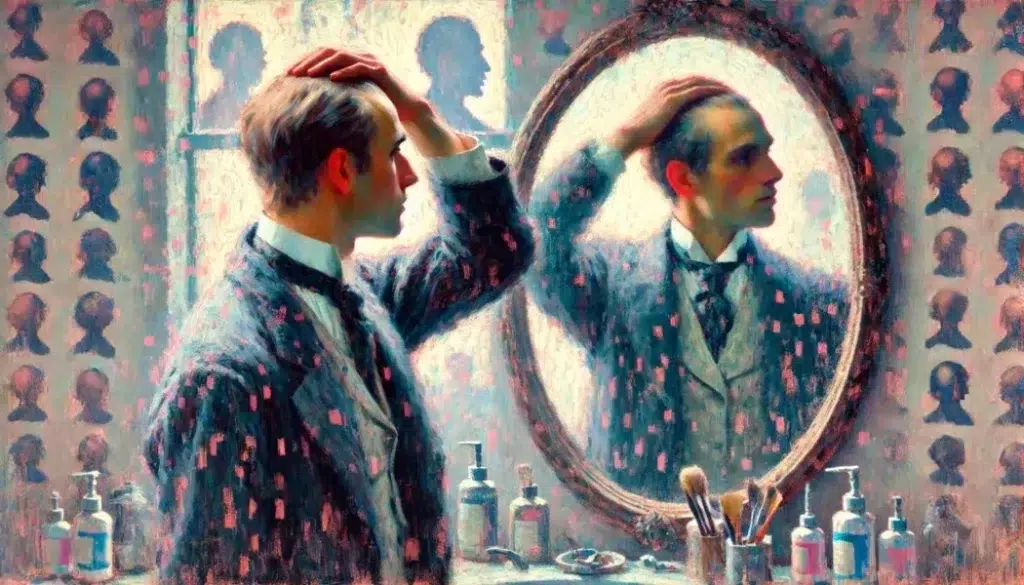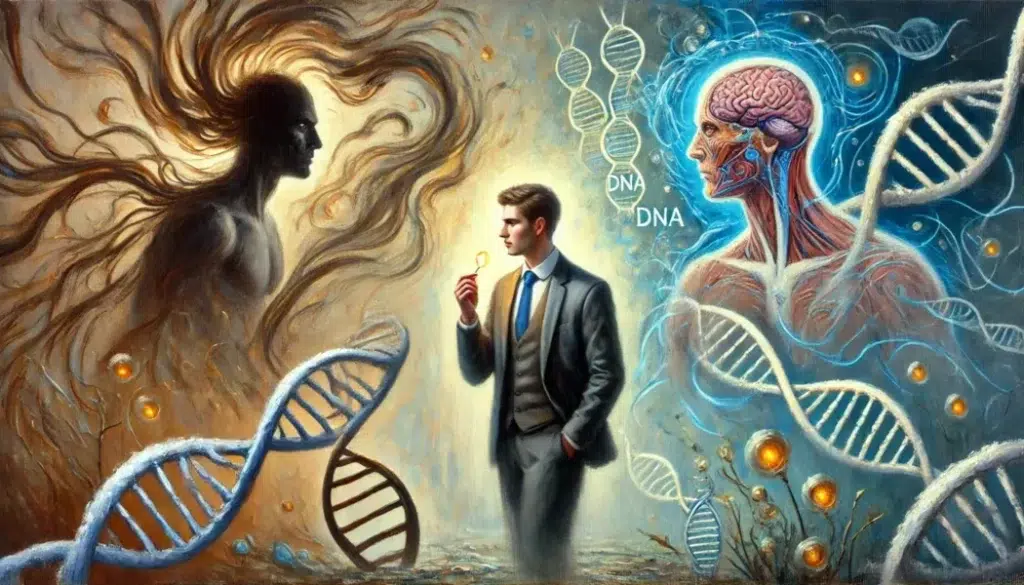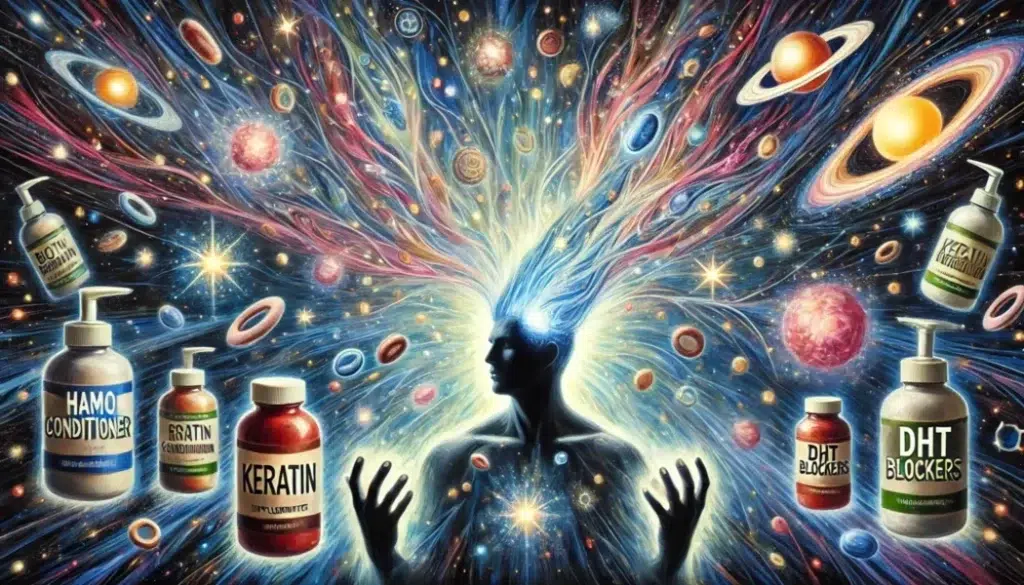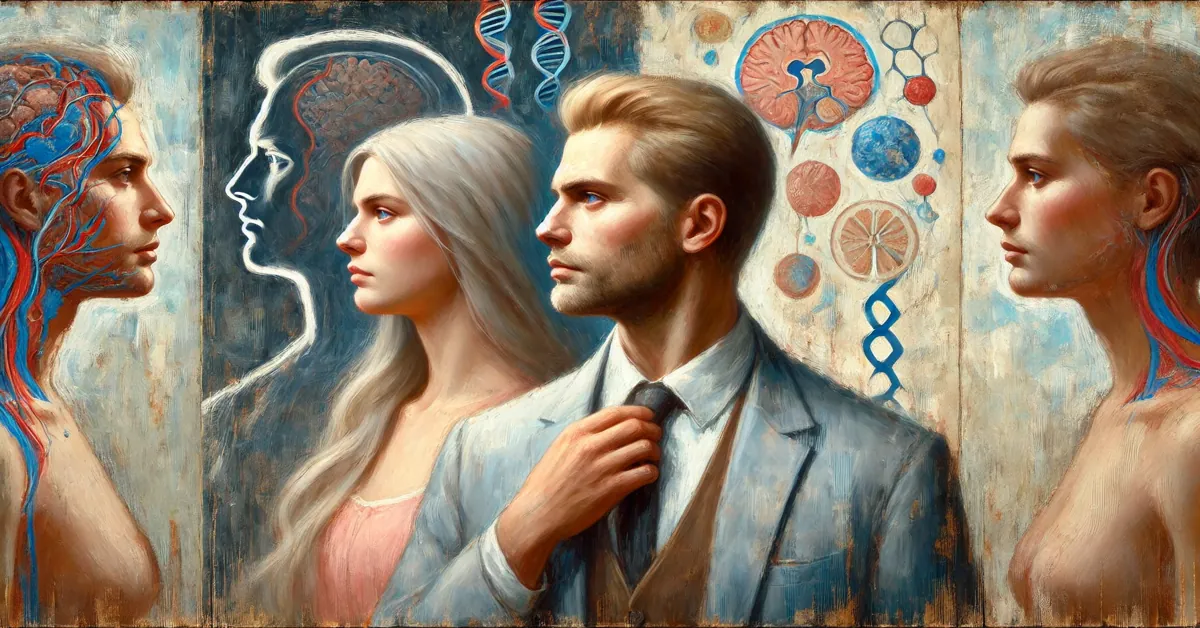Ever peeked in the mirror and noticed a few more strands missing than you’d like? Hair loss seems to have it out for guys, hitting earlier compared to women in most cases. There are key reasons for this difference, stemming from the unique hormonal and genetic makeup of men. Understanding these factors is the first step in learning how to manage your mane effectively.
Hormones are huge players in the hair loss game. Guys have higher levels of testosterone, which converts to dihydrotestosterone (DHT). Think of DHT as a sneaky hormone that decides your hair follicles are less important. This hormone tightens its grip on guys more than ladies, so it’s easier for dudes to start losing hair sooner.

Genetics is another major piece of the puzzle. Got a dad or granddad who started thinning out early? Your chances of following suit might be on the rise. Androgenetic alopecia, or male pattern baldness as it’s widely known, is largely governed by genetics. Basically, your family tree can tell you a lot about what you might face in the mirror.
Recognizing the signs and hopping on board with treatments early is your best bet at keeping that hairline straight. Knowing why hair loss happens is empowering. With the right knowledge, you start to control the situation rather than feeling helpless.
🧬 The Impact of Hormonal Imbalance and Genetics on Men’s Hair Loss
Understanding why hair loss happens means looking at the hormonal balance in your body. Testosterone isn’t just there to help you bulk up at the gym; it’s also the precursor to dihydrotestosterone (DHT), the main guy responsible for thinning that mop on your head. When testosterone takes a detour into becoming DHT, it starts messing with your hair by shrinking those follicles and eventually halting growth entirely.
Now, some guys might wonder how they ended up in this position. Genetics plays a big role here too. Hair loss isn’t solely about what you’re doing right or wrong now; it’s about the genetic cards you were dealt. If male pattern baldness runs in the family, you might have an early date with hair loss no matter what. Androgenetic alopecia shows us that sometimes it’s all about your DNA.

Despite these factors, not all hope is lost. There are ways to tweak and manage your hormone levels safely. Those experiencing the genetic hair loss pattern can try medications that target DHT or explore advanced treatments that slow down the process.
Exercising regularly, managing stress levels, and even considering professional support from a healthcare provider or dermatologist can help keep things in check. It’s not just about reacting to hair loss; it’s about preparing your body to fight back with the tools it needs.
🥗 Addressing Lifestyle Factors: Diet, Stress, and Environmental Toxins
Lifestyle plays a pretty pivotal role in deciding if your hair sticks around or jumps ship. Stress is a major culprit when it comes to speeding up hair thinning in guys. High stress levels trigger a storm of chemical reactions that can prematurely kick your hair into shedding phase. While stress is almost a given in modern life, managing it with mindfulness practices, regular exercise, and relaxation techniques can really make a difference.
What’s on your plate counts too. Diet’s not just about those abs but also about feeding your scalp the good stuff. Essential nutrients like iron, zinc, and vitamin D are vital for keeping hair strong and healthy. Don’t skip out on these essentials. A well-rounded diet or even supplements can help if your meals aren’t cutting it. That way, you’re fueling your hair from the inside out.

Another factor to consider is the environment. Living in areas with a lot of pollution or being exposed to harmful toxins can take a toll on your locks. These environmental factors can degrade hair quality and lead to follicle damage. Using hair care products designed to protect against pollution—like antioxidant-rich formulas—can serve as a handy shield.
Taking these lifestyle changes seriously offers a proactive approach to hair maintenance. Being conscious about the stress you carry, the food you eat, and the air you breathe can help keep your scalp and hair healthy, combatting the external factors trying to knock them out.
🧴 Effective Hair Care Solutions: Shampoos, Conditioners, and Lifestyle Integrations
Trying to find a shampoo that goes beyond just getting your hair squeaky clean? Look for ones with DHT-blocking ingredients. These shampoos work overtime to protect your hair, helping fend off some of the hormonal effects we talked about earlier. Plus, they often pack nourishing compounds that strengthen hair right at the roots.
But don’t just stop at shampoo. A good conditioner can be your hair’s best friend. Choosing the right one can improve elasticity and resilience, crucial when you’re battling thinning hair. Key ingredients like keratin, biotin, and argan oil are super useful for maintaining hair softness and minimizing breakage.
Beyond products, what you do with your hair day-to-day is important. A consistent hair care routine that includes gentle washing, proper moisturizing, and avoiding excessive heat styling can really tip the scales in your favor. Treating your scalp to a good massage every now and then boosts circulation, nourishing those follicles from the inside out.

Supplements filled with things like biotin and saw palmetto can offer extra support. These add-ins might be what your diet misses, ensuring you’re getting a full spectrum of nutrients that encourage healthy hair.
It’s all about creating a regimen that supports your hair at every stage. With the right mix of products and practices, you’re setting yourself up for a more resilient mane, ready to face whatever challenges hair loss might throw your way.
🩺 Comprehensive Treatments and Preventive Measures for Male Pattern Baldness
When it comes to battling male pattern baldness, a one-size-fits-all approach just doesn’t cut it. What’s needed is a combo strategy that brings together different elements for tackling hair loss. Finasteride and minoxidil, two leading players in the fight against baldness, can be incredibly effective together. They help by working both from the outside and inside, promoting hair growth and reducing hair loss.

In addition to medications, one increasingly popular non-invasive option is low-level laser therapy—particularly in the form of discreet, wearable laser caps. Portable “laser caps” have gone from sci-fi gimmick to dermatologist-approved tool. These hands-free devices use low-level red-light diodes (usually 650 nm) to stimulate follicle cells, boost circulation, and prolong the anagen phase—all while you answer emails, walk the dog, or meet friends for coffee. Clinical studies show noticeable density gains after three to six months of consistent use (about 20 minutes, three times per week). Look for FDA-cleared caps with at least 120–220 diodes, built-in timers, and a comfortable mesh liner, so therapy slips under a baseball hat without anyone being the wiser. Pairing laser therapy with finasteride or minoxidil often delivers faster, thicker regrowth than any single treatment alone.
👉 Taking Control: Tailored Approaches for Long-Term Hair Health
Recognizing the early signs of hair thinning is crucial. The earlier you start addressing the issue, the better your chances of retaining your hair. Spotting thinning areas, especially around the temples and crown, should cue you to take action.
Throwing lifestyle changes into the mix, like ditching smoking, can further enhance hair health. Smoking is notorious for speeding up the follicular aging process, so quitting can slow down hair loss considerably.
On top of medications, supplements, and lifestyle tweaks, seeking a personalized treatment plan from a dermatologist can pave the way for a tailored approach to hair maintenance. This plan should consider all facets of your lifestyle, dietary habits, and genetic make-up.
Hair restoration techniques are advancing rapidly, offering even more hope for maintaining a full head of hair. Staying updated with these options can equip you with the knowledge to make informed decisions about your hair care journey. At the end of the day, effective hair treatment is all about combining strategies and making lifestyle choices that nurture your scalp and keep your locks looking healthy and strong.

❓ FAQ: Why Men Experience Hair Loss Sooner
👨🔬 Is male hair loss mainly caused by genetics?
Yes. Male pattern baldness (androgenetic alopecia) is largely genetic. It’s influenced by how your body converts testosterone into DHT and how sensitive your hair follicles are to it.
🧬 Why does DHT affect men more than women?
Men produce more testosterone, which converts into DHT. Male follicles are also more sensitive to DHT, making them shrink and stop producing hair sooner.
🧴 Can early hair loss be slowed down?
Yes. Early intervention with DHT-blocking shampoos, minoxidil, or supplements can slow down progression. Lifestyle changes and reducing stress also help.
🧠 Is stress really a factor in male hair loss?
Absolutely. Chronic stress raises cortisol levels, disrupts hormones, and can trigger telogen effluvium — a condition that causes widespread hair shedding.
🧾 Last updated: June 2025 based on medical and hormonal studies.


Leave a Reply